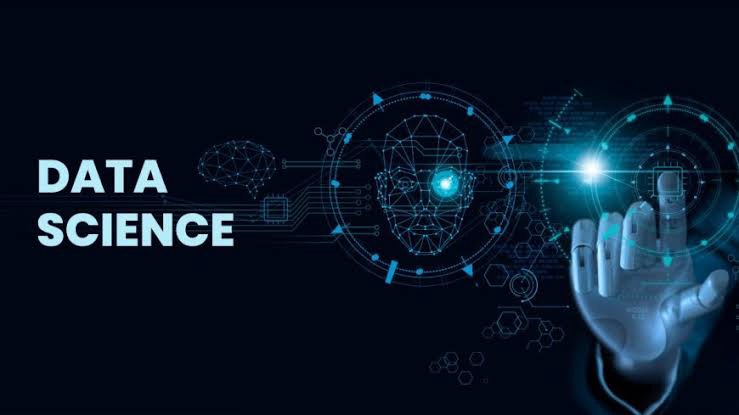If you’re pursuing a career in Data science or analytics, you must have at least basic programming skills. This means being well-versed in the most important Data science programming languages, which are sets of detailed instructions or commands used to communicate with computers and direct them to build models or perform certain functions.
This article will highlight the 12 most important data science programming languages used by Data scientists and analysts and explain each language’s advantages and disadvantages.
The most important Data science coding languages include: Python, SQL, R, VBA, Julia, JavaScript, Java, Scala, SAS, MATLAB, C/C++, and Swift.
In data science, coding languages are used across all job roles. They enable Data scientists to pull data from multiple datasets, clean and analyze that data, visually convey the importance of the data, and design databases and machine-learning algorithms. The best programming language for you will depend on your role as a Data scientist, specific project goals, and your level of experience.
Below, we’ll go into each programming language and help you understand how these languages are used in various applications in the Data science field.
Python has been among the most popular data science languages. Its syntax is easy to follow and write, and it boasts extensive libraries for data cleaning, analysis, visualization, and machine learning. While easy to learn and highly productive, it can be slower and more memory-intensive than other options.
SQL (Structured Query Language) is essential for managing relational databases and working with structured data. It’s relatively easy to learn and integrates well with other languages like Python and R.
R is specialized in data mining and statistical analysis, handling large datasets and complex processing. It’s open-source, has many libraries, and supports various data types, but can be harder to learn and slower than some alternatives.
VBA (Visual Basic for Applications) is accessible through Microsoft Office products. It’s practical for data analysis and automation within those applications, but limited to its host application.
Julia excels in computations, numerical analysis, and data visualization. It’s faster than Python and efficient in parallel computing, but its community is smaller.
JavaScript is used for developing dashboards and visualizations. It’s fast and integrates well with other tools, but its client-side nature can pose security risks.
Java is used in enterprise applications and is relatively simple to learn, use, and debug. It runs on any machine with a JVM, but can be slower and consume more memory.
Scala, a streamlined alternative to Java, is useful for big data processing. It supports both object-oriented and functional programming, making it highly functional, but can be complex for beginners.
SAS (Statistical Analysis System) is used for statistical data retrieval, reporting, and analysis. It’s efficient and stable but expensive and proprietary.
MATLAB is important for mathematical and statistical computing, providing built-in tools for dynamic visualizations. It’s easy to use, but slower and more expensive than some options.
C/C++ helps develop and fine-tune statistical and data tools. C is fast to compile, while C++ offers rapid processing, but both can be complex and require manual memory management.
Swift is faster than Python and close to C in speed, making it promising for deep learning research.


Leave a Reply